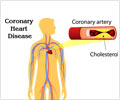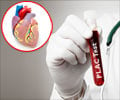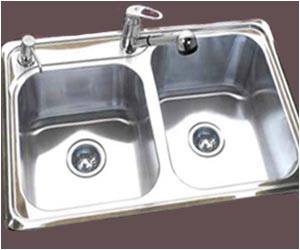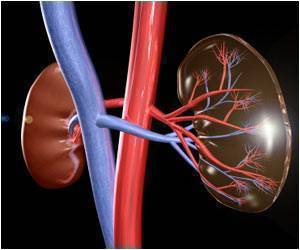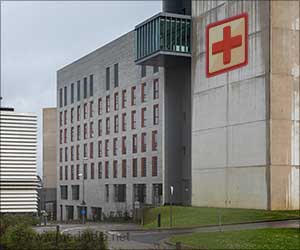Individuals admitted for heart attack to a hospital ranked as one of “America’s Best” by U.S. News & World Report are less likely to die within 30 days than those admitted to a non-ranked hospital, according to a report in the July 9 issue of Archives of Internal Medicine, one of the JAMA/Archives journals.
Using a methodology that is similar to the recently released mortality measures that are publicly reported by the Centers for Medicare and Medicaid Services (CMS), the study found that ranked hospitals were also more likely to have lower-than-expected death rates—however, many unranked hospitals did as well.“Among the increasing number of academic, industry and governmental profiling systems that evaluate and compare hospitals, U.S. News & World Report’s annual issue of ‘America’s Best Hospitals’ for specialty and overall care is one of the most well known,” the authors write as background information in the article.
“Despite their prominent role in the public arena, the ability of the U.S. News & World Report rankings to identify hospitals with excellent survival rates for common cardiovascular conditions is not known.”
Oliver J. Wang, M.D., of Yale University School of Medicine, New Haven, Conn., and colleagues assessed 30-day death rates among 13,662 patients admitted to 50 hospitals ranked on the U.S. News list as the best in “Heart and Heart Surgery” and among 254,907 patients admitted to 3,813 unranked hospitals in 2003.
The researchers also compared the hospitals’ standardized mortality ratios, where a ratio of greater than one indicates that the hospital had more deaths than expected and a ratio of less than one means there were fewer deaths than expected.
After the researchers factored in patient characteristics, the 30-day death rates were, on average, lower in ranked hospitals vs. non-ranked hospitals (16 percent vs. 17.9 percent).
Advertisement
Eleven ranked hospitals (22 percent) and 28 non-ranked hospitals (0.73 percent) had standardized mortality ratios significantly less than one, meaning that although ranked hospitals were more likely to have lower-than-expected death rates, non-ranked hospitals with favorable ratios outnumbered ranked hospitals with similar performance by nearly three to one.
Advertisement
One reason for this may be the reputation component of the rankings, which accounts for one-third of the overall ranking score and is based on cardiologists’ opinions of hospitals that provide the best treatment, the authors speculate.
“Citations by cardiologists likely favor tertiary centers with strong subspecialty care for the most critically ill patients while not necessarily reflecting the perceived care for the overwhelming majority of admissions for more common diagnoses, which in turn have a more substantial impact on overall hospital outcomes,” they continue.
“The U.S. News & World Report ranking, which includes many of the nation’s most prestigious hospitals, did identify a group of hospitals that was much more likely than non-ranked hospitals to have superb performance on 30-day mortality after acute myocardial infarction,” the authors conclude.
“However, our study also revealed that not all ranked hospitals had outstanding performance and that many non-ranked hospitals performed well. Consequently, although the U.S. News & World Report rankings provide some guidance about the performance on outcomes, they fall short of identifying all the top hospitals with respect to 30-day survival after admission for acute myocardial infarction and include a few hospitals that are actually in the lowest quartile of performance.”
(Arch Intern Med. 2007;167(13):1345-1351. Available pre-embargo to the media at www.jamamedia.org
Source-Eurekalert
JAY/M



